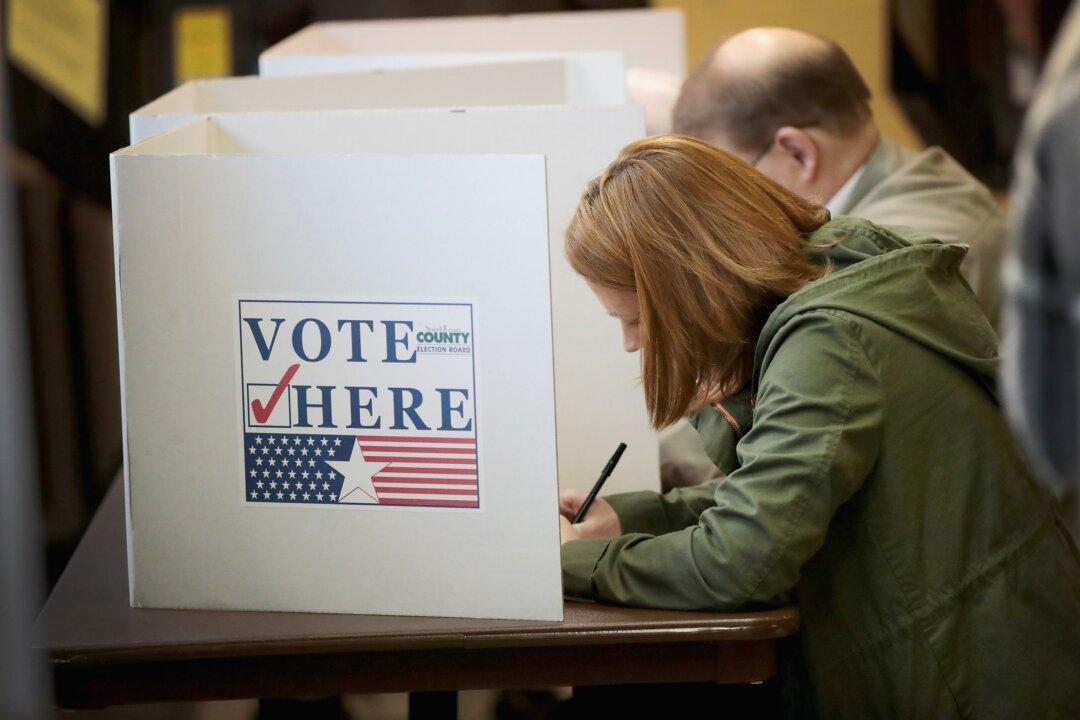Legacy pollsters, especially those in the media, are refusing to improve their methods, undermining the reputation of the industry, according to Richard Baris, director of Big Data Poll (BDP).
Pollsters are using limited survey methods and are asking too few people for their surveys to produce accurate results, he said in an interview.





